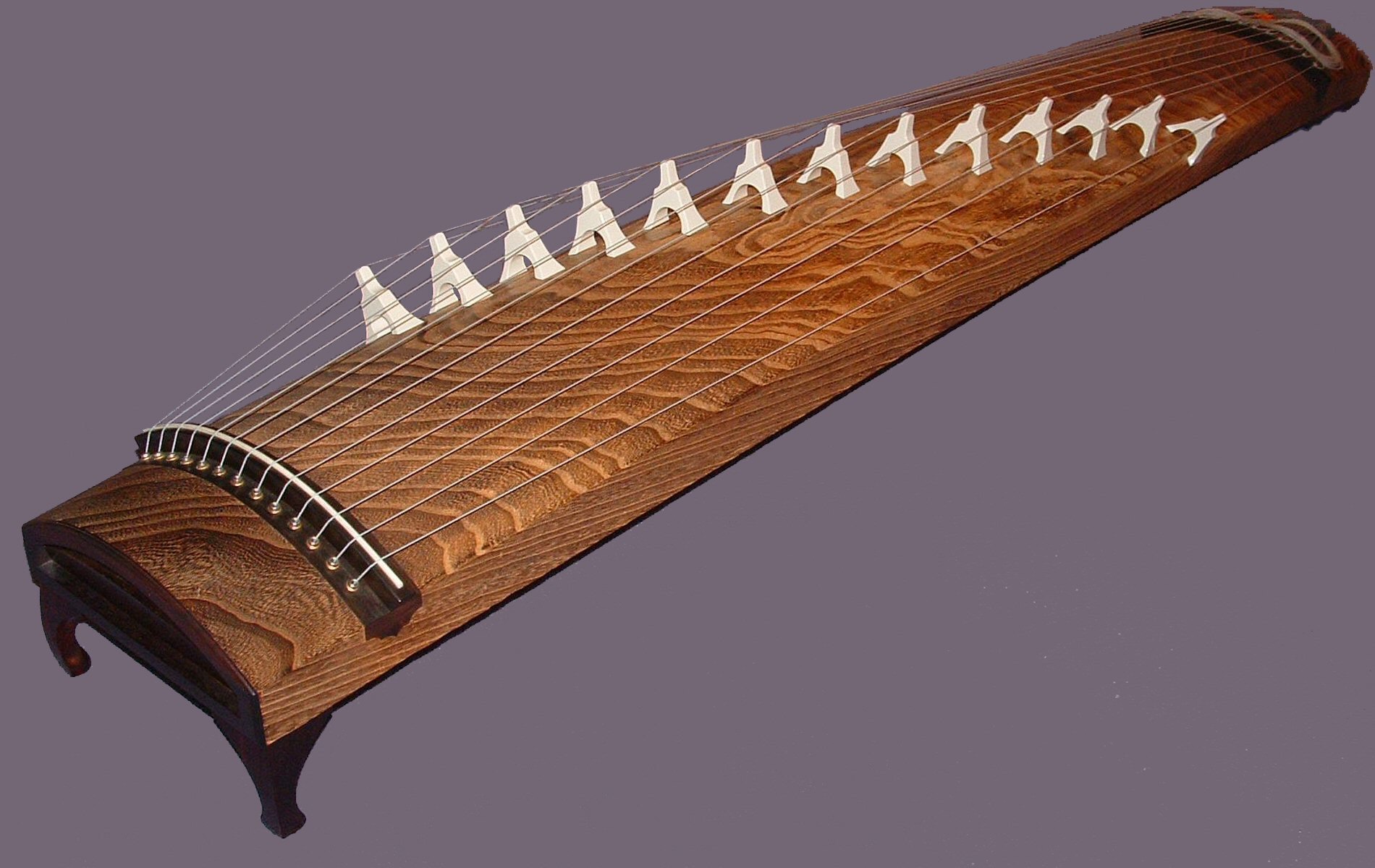This week we explored music following World War 2 and leading into the Rock n' Roll Era. We begin by discussing Frank Sinatra and Nat "King" Cole.
Frank Sinatra recorded a song titled, "Nancy (With the Laughing Face" in 1945. Originally written by Jimmy Van Heusen and Phil Silvers, the piece "peaked at number ten on the
Billboard charts" (Starr and Waterman pg. 209). In the song, string instruments are used as the instrumental accompaniment to the singing by Sinatra. Previously, this would not have occurred, and it sets Swing Era music apart from what came before. The piece uses a thirty-two bar AABA form which is borrowed from previous Tin Pan Alley music. "Sinatra's voice is relaxed and unforced" (Starr and Waterman pg. 209) in the style of the crooners.
Nat "King" Cole's "Nature Boy," similarly, uses a full orchestral accompaniment. "Nature Boy" was composed by Eden Ahbez and was number one on the
Billboard pop charts for a total of eight weeks! In contrast to Sinatra's "Nancy," the piece is written in an ABAB form. Cole's voice is also smooth as it enters and is foreshadowed by the French Horn. Sinatra's style was smooth and connected with long phrases. However, Cole's phrases are short and he "treats each note as a somewhat distinct entity" (Starr and Waterman pg. 209).
As we move from Swing Era to Rhythm and Blues, we see a style called
jump blues emerge as the "first successful category of rhythm and blues" (Starr and Waterman pg. 221). It emerged just after World War II. There was a rhythm section made up of bass, piano, drums, and the occasional guitar accompanied by one or more horns. The jump bands played boogie-woogie style music that relied on "wild" stage performances.
Louis Jordan's Tympany Five recorded a piece titled, "Choo Choo Ch' Boogie" in 1946 with Decca Records. The piece uses a twelve-bar blues form and "combines elements of African American music with Tin Pan Alley song" (Starr and Waterman pg. 222). We can see the Swing Style and the Rhythm and Blues styles are connected through their influence of Tin Pan Alley Form.
The 1950s ushered in the era of "
Rock n' Roll." Rock n' Roll was a term originally used by a disc-jockey named
Alan Freed. Freed noticed that many white teenagers were requesting the Rhythm and Blues songs he played on his nighttime radio show in Clevland. He coined the term Rock n' Roll, using words taken from lyrics of the songs he played on his show, in order to market his show. With Rock n' Roll came "
cover versions" of songs, meaning a performer releases their own version of a song already recorded. A prime example of this is the song, "
Shake, Rattle, and Roll" which was originally recorded by Big Joe Turner in 1954. The original version is full of sexual innuendo and it hit number one on the R&B charts and number twenty-two on the pop charts. Bill Haley and the Comets, a country and western group, heard the song and wanted to release a cover version. They changed the style of the piece to fit their country and western feel and they changed some the lyrics, making it a "cleaner" version of the song for released on AM radio. Haley's version reached number seven on the pop charts but did not cross over to the R&B charts signaling that African Americans preferred the original version better while White American preferred this country version.
In 1955, Chuck Berry released a song titled, "
Maybellene." The piece "introduced listeneres to an already full form style of songwriting, singing, and guitar playing that would exercise a primal influence on virtually all the rock n' roll to follow" (Starr and Waterman pg. 255). "Maybellene" was an uptempo song which was unheard of for vocal music at the time. The explosive tempo did not allow for much time for breathing by the singer, but Berry performed it well. The piece is based on the twelve-bar blues form connecting it to the previous songs. Despite the changing styles, we still see the influences of the past.
Little Richard's "
Long Tall Sally" is also built on the twelve-bar blues form. Berry and Richard both adapted the twelve-bar blues form to fit their needs. They wanted their songs to reach the pop audiences and so they adapted the form in order to do so. In addition, the
Coasters recorded a song titled "
Charlie Brown" in 1958. Charlie Brown is similar to "Long Tall Sally" in it's influence and use of the twelve-bar blues form.
In 1956,
Elvis Presley released his biggest his, "
Don't Be Cruel." This too is based on the twelve-bar blues form. Presley's style is influenced by blues and country. "The strong backbeat throughout evokes rhythm and blues, while the repeated electric guitar figure at the opening is reminiscent of rhythmic ideas favored by western swing bands" (Starr and Waterman pg. 264). We are beginning to see a mix of many styles that are shaping the Rock n' Roll genre. This is evidenced further in
Ritchie Valen's "
La Bamba" which reached number twenty-two on the pop charts. Valen took a folk song from Mexico and adapted it for the pop culture of the United States. We are seeing a melting pot of cultures from English Ballads, African American song cultures, White American song cultures, and Hispanic American song cultures. They have combined to form "Rock n' Roll."




